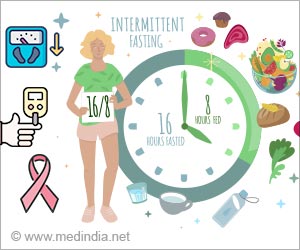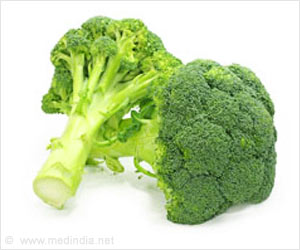Researchers have now shown that the breast milk microbiome contains fungi, which in combination with bacteria are important probiotics for infant health.

‘Excluding breastfeeding for the first six months and along with complementary foods after 6 months up to 2 years is recommended.’





Having established in earlier research the presence of yeasts and other fungi in breast milk from mothers in Spain, the investigators sampled breast milk from mothers in other geographic locations, including Finland, China, and South Africa, to find out whether this finding held up in locations with different weather, diets, and lifestyles from those in southern Europe. "Our data confirm the presence of fungi in breast milk across continents and support the potential role of breast milk on the initial seeding of fungal species to the infant gut," the investigators wrote. "This supports the existence of a 'breast milk mycobiota' under healthy conditions."
The genera Malassezia and Davidiella were most prevalent across the different countries. Those two, as well as Sistotrema and Penicillium, were present in breast milk from each country.
More than 70 percent of Spanish and South African samples had detectable levels of fungal DNA, while only 45 percent of Chinese samples and only 35 percent of Finnish samples did so. Despite the similarities of the mycobiomes across the four countries, "Our findings reinforce the potential influence of environmental factors, in particular geographic location, on the species of yeast and fungi that make up the breast milk mycobiome," said Dr. Collado.
The investigators also compared the breast milk mycobiome in mothers who had delivered vaginally with that from mothers who had delivered via cesarean section. Specific fungi, such as those of the genus Cryptococcus, were more prevalent among samples from mothers delivering vaginally, but mode of delivery made no difference in fungal diversity or richness.
Advertisement
Viable fungal cells within the breast milk suggest that breast milk could influence development of infants' mycobiota, the researchers wrote. "However, little is known about the development of mycobiota in infants," said Dr. Collado.
Advertisement
Source-Eurekalert















